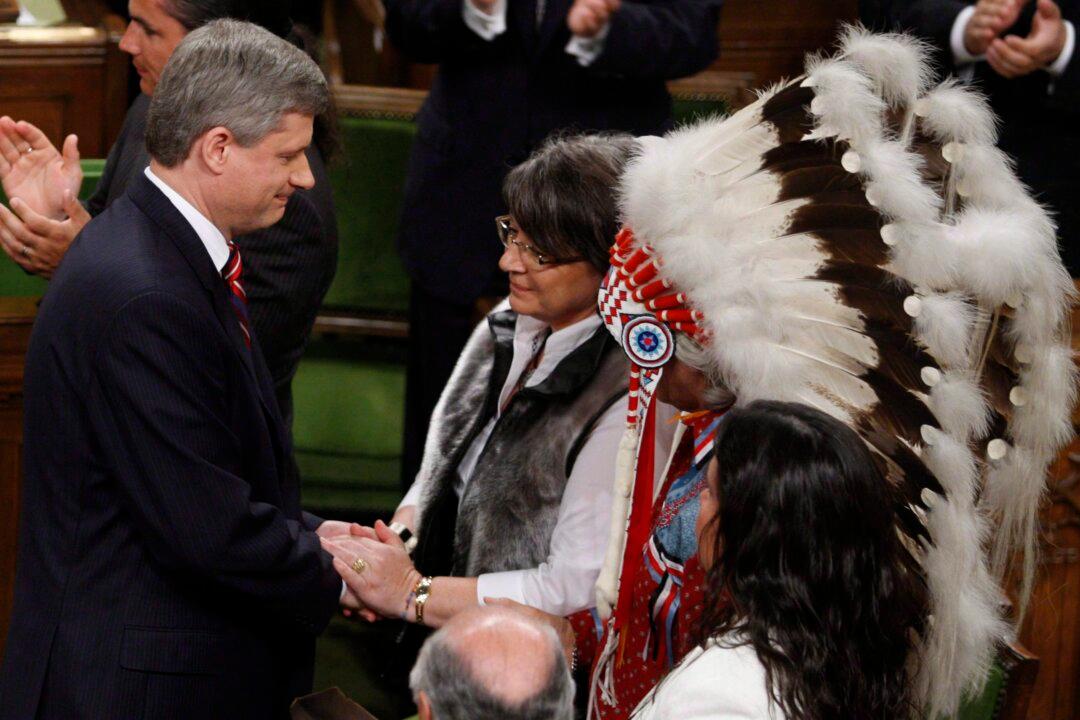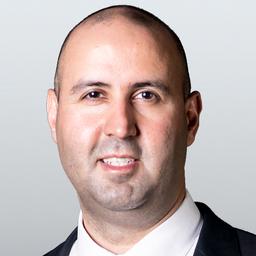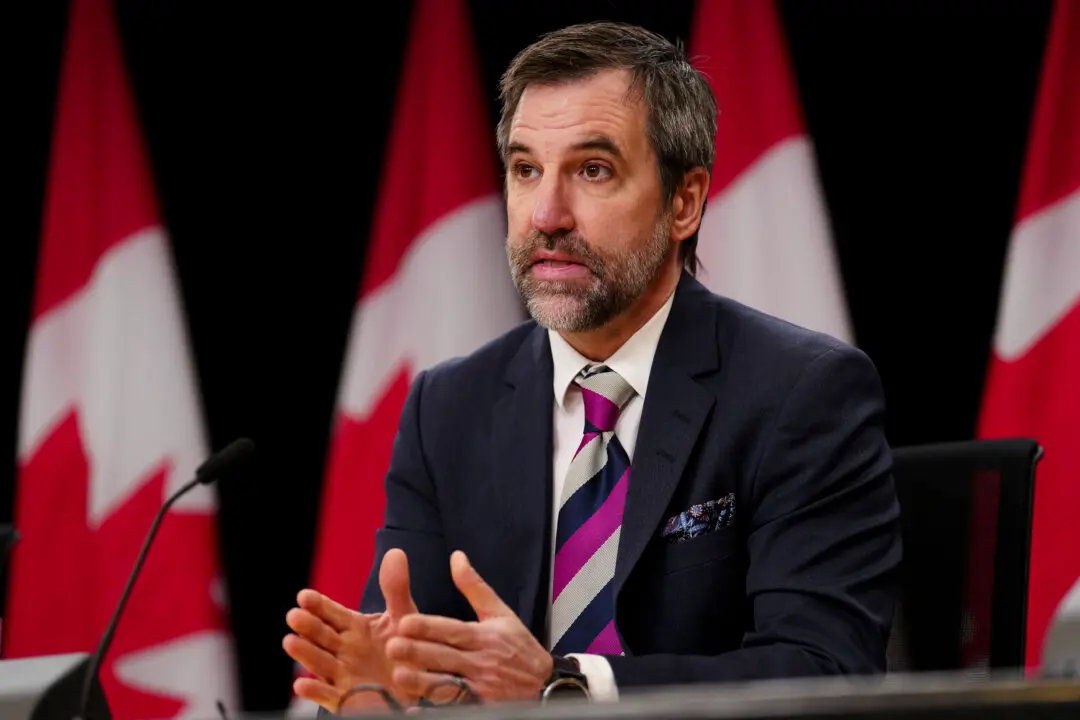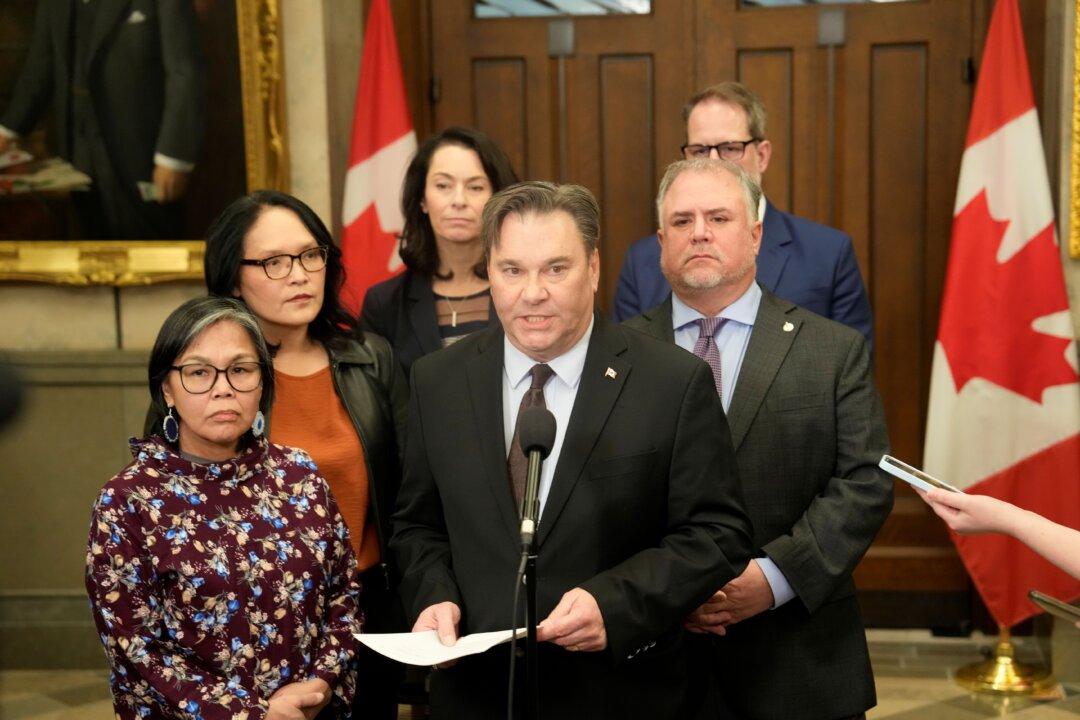The difficult past and present of Canada’s indigenous peoples are once again in the spotlight after First Nations groups took it upon themselves to locate unmarked graves at two former residential school sites.
The issue of missing children and unrecorded burials was the subject of Volume 4 of the 3,500-page Truth and Reconciliation Commission (TRC) report that was released in 2015. The Liberal government allocated $33.8 million in the 2019 budget to establish a residential school death registry, but funding for the program was only recently made available.





